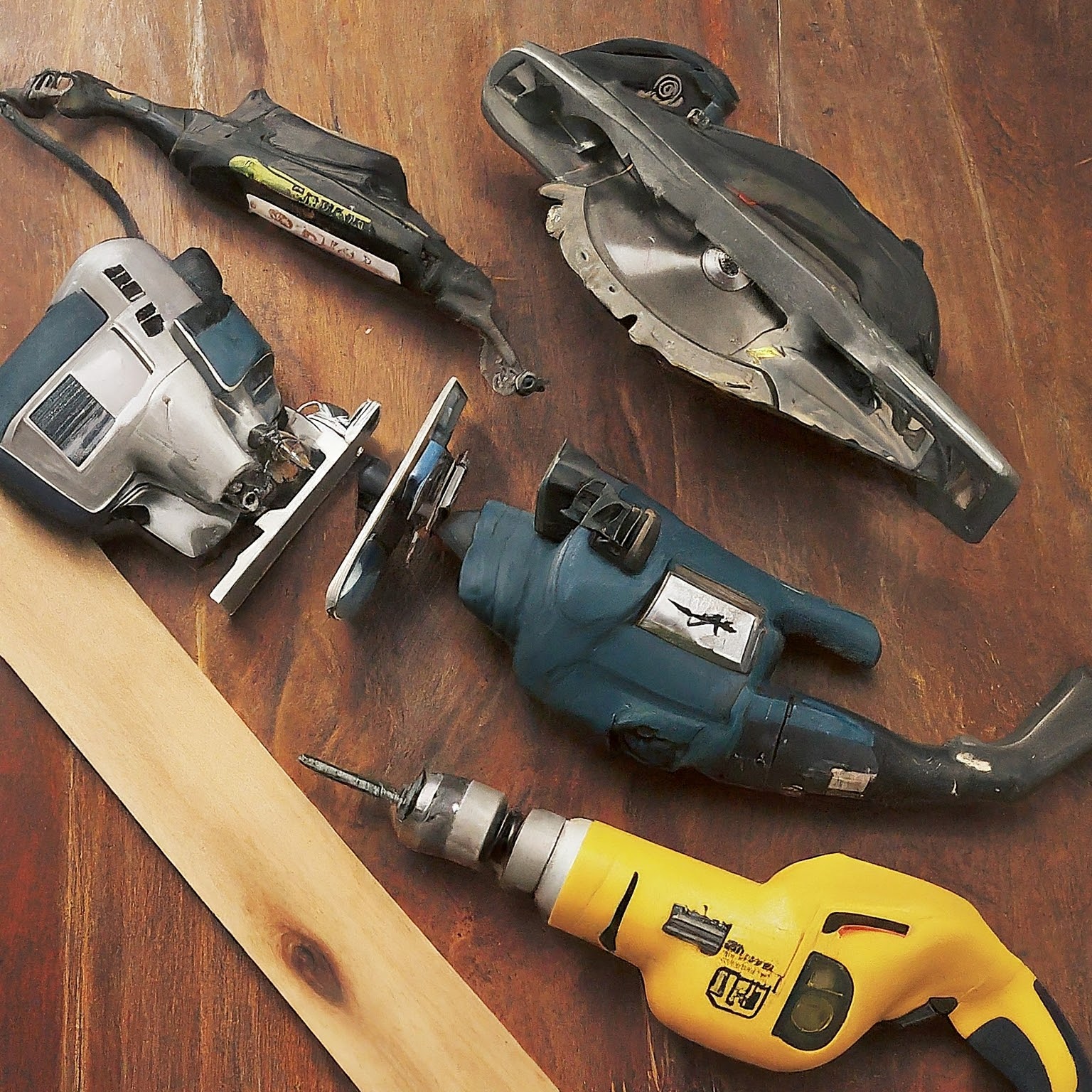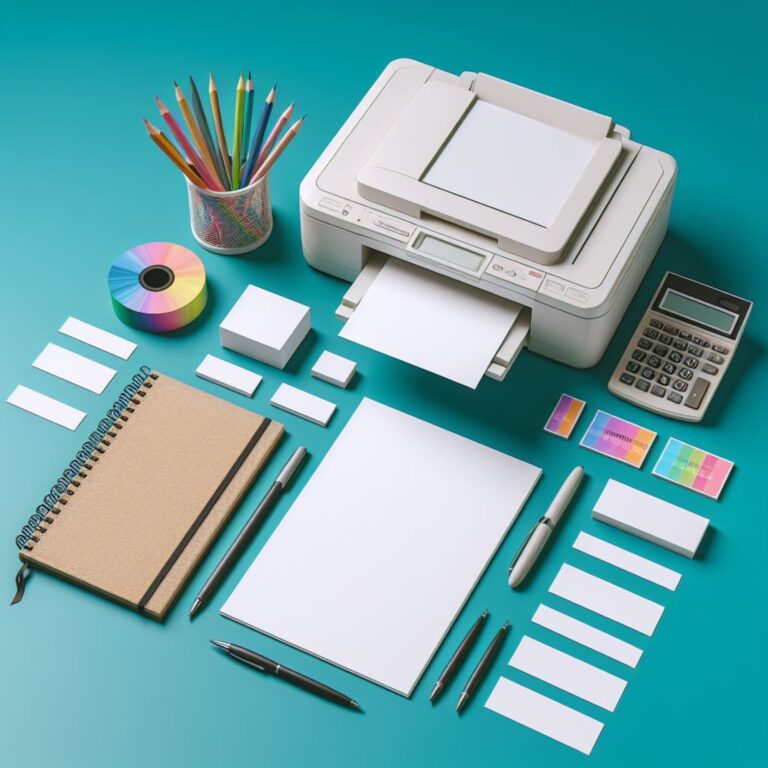Every construction or maintenance project hinges on a crucial foundation – having the right tools for the job. Imagine a carpenter tackling a delicate trim job with a framing hammer – the results wouldn’t be pretty, would they? The same principle applies to power tools.
Why are the Right Power Tools Important?
Choosing the correct power tools goes beyond just getting the work done. Here’s why selecting the appropriate equipment is essential:
- Enhanced Efficiency: The right tool tackles the task at hand quickly and effectively. Using a power saw cuts through lumber significantly faster than a handsaw, saving you time and effort.
- Improved Quality: The proper tool ensures clean and precise cuts, joints, and finishes. This leads to a higher quality build, with fewer rework needs and a more professional end result.
- Increased Safety: Using the wrong tool can be hazardous. For instance, forcing a drill that’s not meant for masonry to break through concrete can lead to injury or equipment damage. Choosing the right tool for the job minimizes the risk of accidents.
- Reduced Costs: While investing in quality power tools involves an upfront cost, it saves money in the long run. The right tools are more durable, require less maintenance, and produce better results, minimizing rework and material waste.
Equipping Your Toolbox: Essential Power Tools for Every Project
Now that we understand the importance of choosing the right power tools, let’s explore some essential equipment that can empower your construction and maintenance projects:
- Drills & Drivers: These are workhorses of any toolbox. A drill with various bits lets you bore holes in various materials, while impact drivers offer additional power for tougher jobs like driving screws into concrete.
- Saws: From circular saws for cutting lumber to reciprocating saws for demolition and jigsaw for intricate cuts, having the right saw for the job ensures precise cuts and efficient material processing.
- Sanders: Power sanders come in various shapes and sizes, allowing you to smooth rough surfaces, refine edges, and prepare surfaces for painting or finishing.
- Rotary Hammers & Demolition Tools: For heavy-duty tasks like breaking through concrete or masonry, rotary hammers and demolition tools offer the necessary power and precision.
- Power Planers: Planning allows for precise shaping and thickness reduction of lumber, creating smooth and even surfaces for joinery or finishing.
- Safety Gear: Remember, safety comes first! Always wear the appropriate safety gear, including gloves, eye protection, respirators, and hearing protection when using power tools.
Powering Up Different Projects
The specific tools you’ll need will vary depending on your project. Let’s explore some common scenarios and the power tools that can help you achieve optimal results:
Building a Deck: A circular saw for cutting lumber, a drill and driver set for assembling the frame, and a sander for smoothing out the deck surface are all essential tools for this project.
Framing a Wall: A powerful drill for driving screws and a reciprocating saw for cutting lumber are key tools for framing a wall quickly and efficiently.
Installing Drywall: A drill and driver set with a drywall screw attachment will expedite the drywall installation process. Additionally, a rotary sander with a dust collection system helps smooth out drywall seams for a seamless finish.
Remember, this is not an exhaustive list, but rather a starting point.
Beyond the Basics
As your projects become more complex, consider these advanced tools that can add to your skillset:
- Miter Saws: Offering precise angled cuts, a miter saw allows for clean and professional joinery for projects like molding, trim work, and furniture making.
- Routers: Routers provide exceptional versatility for detailed cutting, shaping, and creating decorative edges on wood.
- Laser Levels: These tools project a precise horizontal or vertical line, ensuring perfect leveling for tasks like laying tile, hanging cabinets, or building decks.
Investing in Your Success: Choosing the Right Power Tools
When selecting power tools, consider these factors:
- Project Needs: Identify the specific tasks your tools will be used for. Don’t overspend on a high-powered tool you’ll rarely need.
- Quality over Price: While budget is a consideration, prioritize quality brands known for durability and performance. Cheap tools might need frequent replacements, negating any initial cost savings.
- Ergonomics: Choose tools that feel comfortable in your hands and are lightweight to minimize fatigue during extended use.
- Safety Features: Look for tools with built-in safety features like dust collection systems, blade guards, and soft-start mechanisms.
- Corded vs. Cordless: Corded tools offer continuous power, while cordless options provide greater mobility. Consider your project needs and workspace limitations when making this choice.
Remember, your power tools are an investment in your project’s success. By choosing the right equipment, prioritizing safety, and continuously learning new skills, you’ll be well on your way to building better, achieving professional-looking results, and completing projects with greater efficiency and satisfaction.
The Final Word: Owning vs. Renting Power Tools
For occasional DIY projects, renting power tools might be a viable option. However, for frequent use or larger projects, purchasing your own tools provides greater convenience and cost-effectiveness in the long run.
The Takeaway
Equipping yourself with the right power tools empowers you to tackle construction and maintenance projects with confidence. By understanding the importance of using the appropriate tools, exploring various equipment options, and prioritizing safety, you can elevate the quality of your work and achieve exceptional results. So, power up your projects, choose the right tools for the job, and build your way to success!







